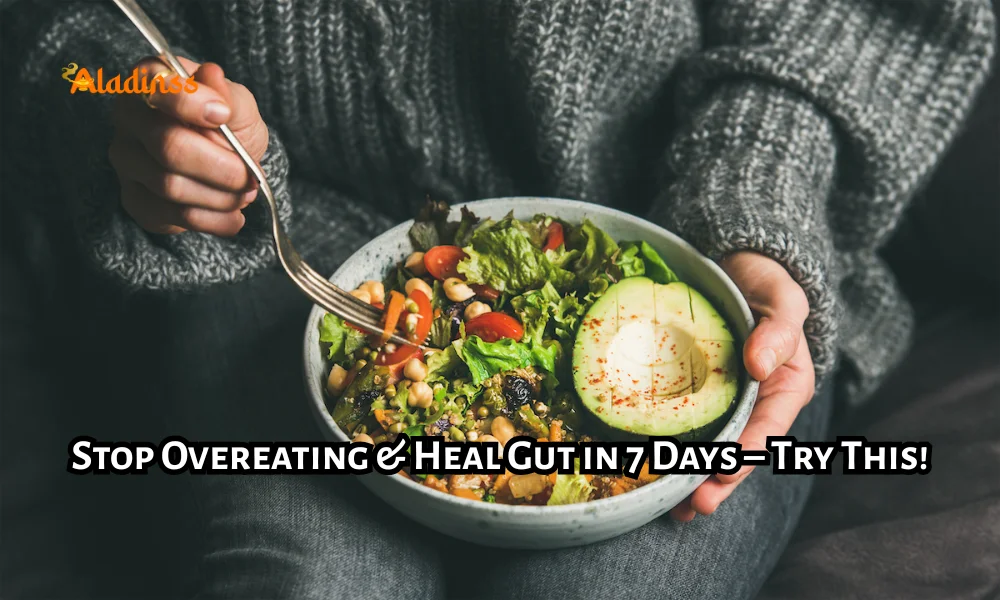Foods to Avoid for Weight Loss Indian Diet Mistakes to Stop

Foods to Avoid for Weight Loss – Indian Diet Mistakes to Stop Now
Many struggle with weight loss despite eating “healthy” Indian food. The problem? Hidden calorie traps in everyday meals. This guide reveals foods to avoid for weight loss in an Indian diet and common mistakes that stall progress. Cut these out to see faster results without starving.
Indian cuisine is flavorful but often oil-heavy and carb-dense. Small changes like skipping fried snacks or sugary chai can create a 500-calorie daily deficit. The Indian diet mistakes listed here are easy to fix once identified.

Why Some Indian Foods Sabotage Weight Loss
Traditional cooking uses generous ghee, oil, and refined flour. A single puri or samosa can pack 200–300 calories. Frequent consumption without portion control leads to fat storage. Even “light” foods like banana chips or sweetened curd add hidden sugar and fat.
Cultural habits like second helpings or late-night snacking compound the issue. Awareness of these Indian diet mistakes is the first step to breaking the plateau.
Top 10 Foods to Strictly Avoid
1. Deep-Fried Snacks (Samosa, Pakoda, Vada)
One medium samosa has 250–300 calories, mostly from oil. Pakodas absorb 15–20g fat per serving. These foods to avoid for weight loss spike insulin and promote fat storage. Replace with baked versions or roasted chana.
2. White Rice & Polished Grains
1 cup cooked white rice = 200 calories with minimal fiber. It causes blood sugar spikes. Switch to brown rice, red rice, or millets. Limit to ½ cup per meal.
3. Sugary Chai & Coffee
2 cups of masala chai with 2 tsp sugar each = 150 extra calories daily. Artificial sweeteners disrupt gut health. Use stevia or drink black/green tea instead.
4. Full-Fat Dairy (Malai, Paneer in Cream)
100g paneer in malai gravy = 400+ calories. Use low-fat paneer or tofu. Skim milk over full cream. Avoid malai on curd.
5. Indian Sweets (Gulab Jamun, Jalebi, Halwa)
One gulab jamun = 150–200 calories soaked in sugar syrup. Even “small” bites add up. Save for festivals in tiny portions.
6. Refined Flour (Maida) Items
Naan, paratha, puri, and biscuits made from maida lack fiber and cause bloating. Use whole wheat, jowar, or ragi flour.
7. Packaged Namkeen & Chips
A 30g pack has 160 calories and trans fats. Homemade roasted makhana or puffed rice is better.
8. Fruit Juices & Soft Drinks
One glass packaged juice = 120 calories, no fiber. Eat whole fruits instead. Avoid colas completely.
9. Excess Ghee & Oil
1 tbsp ghee = 120 calories. Use spray oil or measure with a spoon. Max 2 tsp per person daily.
10. Late-Night Biryani & Heavy Curries
A plate of chicken biryani after 9 PM = 600–800 calories with slow digestion. Finish dinner by 7:30 PM.
Common Indian Diet Mistakes to Fix
Mistake 1: Skipping Breakfast
Leads to overeating at lunch. Have protein-rich breakfast like moong cheela or eggs within 1 hour of waking.
Mistake 2: Unlimited Rotis
Each roti = 80–100 calories. Limit to 1–2 per meal. Fill plate with veggies and dal first.
Mistake 3: Weekend Binge Eating
One cheat meal can erase 5 days of deficit. Plan moderate indulgences.
Mistake 4: Ignoring Oil in Cooking
Tadka uses 1–2 tbsp oil per dish. Use non-stick pans and minimal oil.
Mistake 5: Sweetened Curd & Lassi
Flavored lassi has 20g sugar. Use plain curd with jeera or mint.
Better Alternatives to Cravings
- Samosa → Baked samosa with whole wheat
- Chai → Green tea or black coffee
- Rice → Quinoa or cauliflower rice
- Namkeen → Roasted makhana with spices
- Sweets → 1 piece dark chocolate or dates
Hidden Calories in Indian Cooking
Coconut in curries, cashews in gravies, and peanut chutney add 100–200 calories per serving. Use sparingly. Roast spices dry instead of oil tadka. Steam or grill instead of frying.
Portion Control Tips
- Use small plates
- Measure rice with a katori (½ cup max)
- Fill 50% plate with veggies
- Pre-portion snacks in bowls
How to Read Labels on Indian Products
Check for hydrogenated oils, added sugar, and calorie density. Avoid anything with >10g sugar or >5g fat per 100g. Choose baked, not fried.
Impact of Avoiding These Foods
Week 1: Reduced bloating, better digestion
Week 2–4: 1–3 kg loss, increased energy
Month 2: Visible waist reduction, improved skin
Cultural & Family Challenges
Explain your goals to family. Offer to cook healthier versions. Eat smaller portions at gatherings. Bring your own snacks to functions.
Sustainability Tips
Don’t eliminate favorites forever. Allow 1 small treat weekly. Focus on 80% compliance. Track progress to stay motivated.
Final Word
Stopping these Indian diet mistakes is simpler than starting a new diet. Begin by removing one food this week. Small changes compound into big results. Your body will thank you with energy, confidence, and a slimmer waist.
Comment / Reply From
No comments yet. Be the first to comment!






